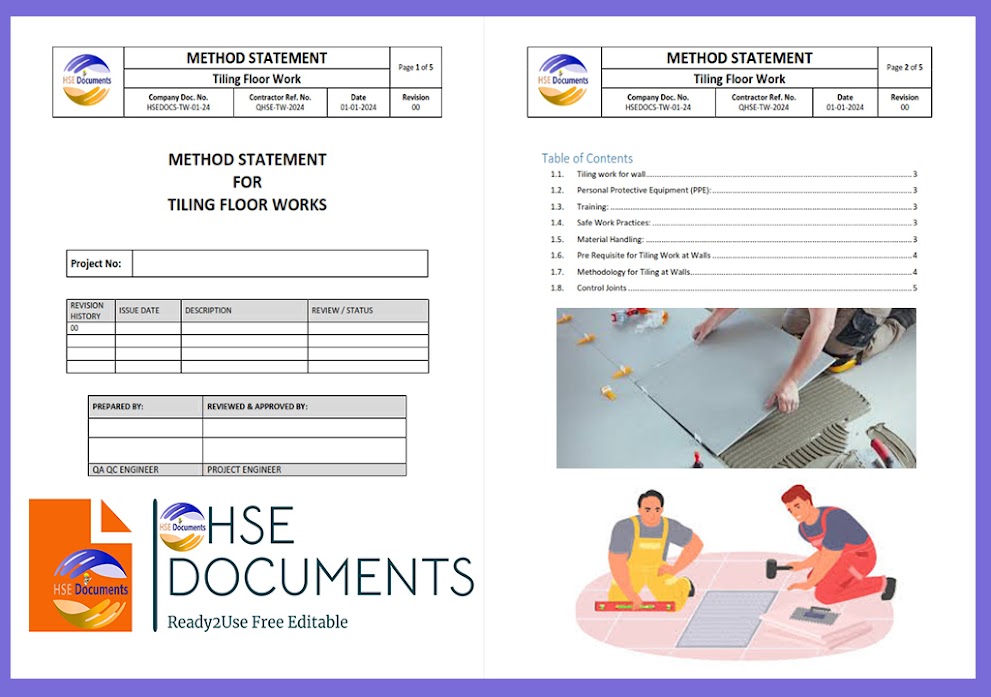METHOD STATEMENT FOR INSTALLATION TEST PLAN-LV & HV SWITCHGEAR

METHOD STATEMENT FOR INSTALLATION TEST PLAN-LV & HV SWITCHGEAR
1.0. Objective
1.1. The Proper installation, testing and commissioning of Low voltage (LV) & High voltage (HV) switchgear will ensure plant reliability and integrity.
1.2. The objective of the document is to establish the standard practice for Inspection and Testing of Low voltage (LV) & High voltage (HV) switchgear.
2.0. Scope
The scope of this document is to prepare a systematic check sheet for the installation, testing and commissioning audit of Low voltage (LV) & High voltage (HV) switchgear
3.0. Mandatory Safety Considerations
3.1. All local statutory requirements
3.2. Existing permit system
3.3. Risk assessment for the job
4.0. Inspection, testing & commissioning plan for Low voltage (LV) & High voltage (HV) Switchgear Breaker
The detailed inspection, testing & commissioning plan for Low voltage (LV) & High voltage (HV) switchgear is given in Annexure – A and refers to the manufacturer’s recommendation, national and international codes/standards and [COMPANY NAME] practices.
5.0. Resources for Low voltage (LV) & High voltage (HV) switchgear Installation, testing & commissioning
For safe & reliable installation & commissioning of Low voltage (LV) & High voltage (HV) switchgear following preparatory activities, documentation, material, testing & measuring instruments, tools & tackles are required.
The list given below is for guidance purposes. However, based on the actual site/Project mandatory requirements, the resources may be different. Hence site survey is mandatory to assess the exact requirement of resources for the installation, testing & commissioning of Low voltage (LV) & High voltage (HV) switchgear.
5.1. Documentation before starting the job
5.1.1. OEM installation & commissioning manual.
5.1.2. Switchboard SLD and BOM.
5.1.3. Substation equipment layout
5.1.4. Certification of completion of civil foundation.
5.1.5. Earthing layout.
5.1.6. The Cable schedule for Inter panel, Breaker control and power cables.
5.1.7. The Power and control wiring drawings of the panel.
5.1.8. AC/DC control supply system commissioning report
5.2. Material before starting the job
5.2.1. Low voltage (LV) & High voltage (HV) switchgear with all accessories.
5.3. Test / Inspection certificates
5.3.1. Switchboard test report / Acceptance report.
5.3.2. Cable laying and termination installation completion report.
5.3.3. Test certificate of all bought-out items
5.3.4. HV CT & PT test reports
5.3.5. Breaker test report
5.4. Special Tools & Tackles
5.4.1. Crane/jacks of adequate capacity.
5.4.2. Breaker handles and panel keys
5.4.3. Rigging tools & tackles as required.
5.4.4. Torque wrech
5.5. Testing and measuring instrument
5.5.1. Megger of appropriate voltage rating.
5.5.2. Multimeter.
5.5.3. Contact resistance measurement kit.
5.5.4. Breaker test kit
5.5.5. HV test kit
5.5.6. Earth test meter
5.6. Skilled Manpower
5.6.1. Riggers
5.6.2. Electricians
5.6.3. Testing Engineer with experience in Low voltage (LV) & High voltage (HV) Switchboard testing.
Annexure
Annexure-A: ITP Low voltage (LV) & High voltage (HV) switchgear
Annexure-B: ITP Low voltage (LV) & High voltage (HV) switchgear Hi Pot Test Records
Annexure-C: ITP Low voltage (LV) & High voltage (HV) switchgear CT Primary Injection
Annexure-D: ITP Low voltage (LV) & High voltage (HV) switchgear: - Testing & Measuring Instruments

















